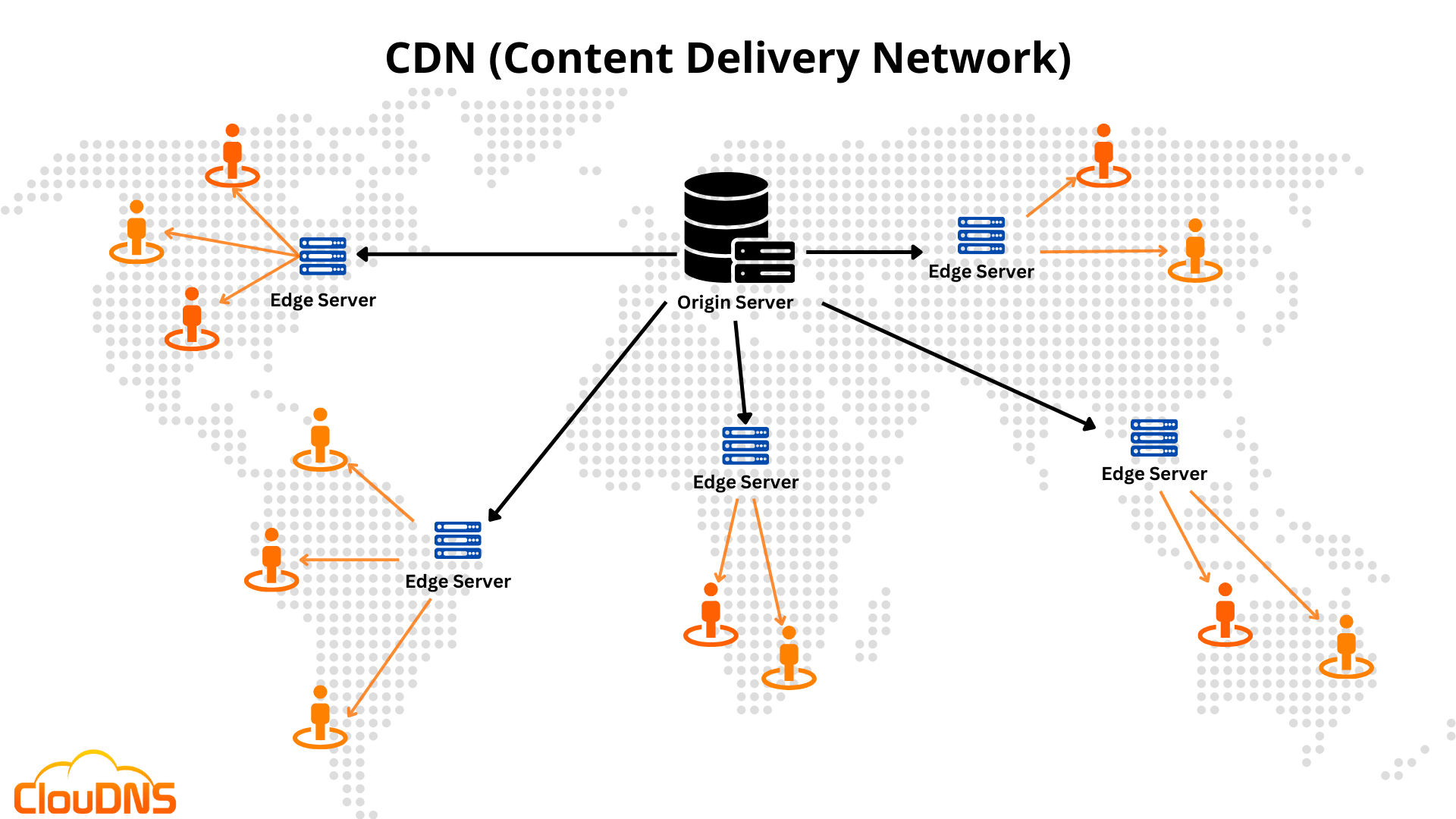
Photo by Alexander Shatov on Unsplash
How YouTube Stores So Many Videos
A Deep Dive into Storage Methods
YouTube, the world's largest video-sharing platform, hosts an astonishing number of videos. With over 500 hours of content uploaded every minute, the question of how YouTube stores such a vast amount of data is both intriguing and complex. In this blog, we will delve into the storage methods and technologies that enable YouTube to manage its enormous video library.
Distributed Storage Systems
YouTube relies on distributed storage systems to handle its massive data load. This approach involves spreading data across multiple servers and locations around the world. Here’s how it works:
Data Centers: YouTube operates numerous data centers globally, each equipped with thousands of servers. These data centers are strategically located to minimize latency and ensure fast access to videos for users worldwide.

Redundancy: To ensure high availability and reliability, YouTube stores multiple copies of each video in different locations. This redundancy helps in case one server or data center goes down; the video can still be accessed from another location.
Object Storage
YouTube uses object storage solutions to store its vast array of videos. Object storage is designed for large amounts of unstructured data like videos, images, and documents.
Google Cloud Storage: As a part of the Google ecosystem, YouTube leverages Google Cloud Storage (GCS) for storing its video content. GCS provides scalable and durable object storage that can handle petabytes of data.
Blobs: Videos are stored as binary large objects (Blobs) in GCS. Each Blob has a unique identifier and can be retrieved quickly using this identifier.
Content Delivery Networks (CDNs)
To enhance user experience by reducing latency and improving video playback speed, YouTube employs Content Delivery Networks (CDNs).
Edge Servers: CDNs use edge servers located closer to end-users than the main data centers. When a user requests a video, the CDN directs them to the nearest edge server that has a cached copy of the video.
Caching: Popular videos are cached on these edge servers so that they can be delivered quickly without needing to fetch them from the central data centers every time.

Video Encoding and Compression
To optimize storage space without compromising quality, YouTube employs advanced video encoding and compression techniques.
H.264/AVC and VP9: YouTube uses efficient video codecs like H.264/AVC and VP9 for encoding videos. These codecs compress video files significantly while maintaining acceptable quality.
Multiple Resolutions: Videos are encoded in multiple resolutions to cater to different internet speeds and device capabilities. This ensures that users can watch videos smoothly regardless of their connection speed.
Database Management
In addition to storing video files, YouTube also manages extensive metadata associated with each video.
Database Systems: YouTube uses robust database systems like Google's Bigtable or MySQL to store metadata such as video titles, descriptions, tags, comments, likes/dislikes, etc.

Indexing: Efficient indexing mechanisms are used to quickly retrieve specific videos based on user queries or search terms.
Conclusion
Storing millions of hours of video content is no trivial task. YouTube's ability to do so seamlessly is a testament to its sophisticated infrastructure and cutting-edge technologies. By leveraging distributed storage systems, object storage solutions like Google Cloud Storage, Content Delivery Networks (CDNs), advanced encoding techniques, and robust database management systems, YouTube ensures that users around the world can access their favorite videos quickly and reliably.
As technology continues to evolve, it will be interesting to see how YouTube adapts new innovations in storage and delivery methods to further enhance user experience. For now though, it's clear that behind every smooth video playback lies a complex yet efficient system designed to handle an unprecedented scale of digital content.
Thank you for reading till here. If you want learn more then ping me personally and make sure you are following me everywhere for the latest updates.
Yours Sincerely,
Sai Aneesh
